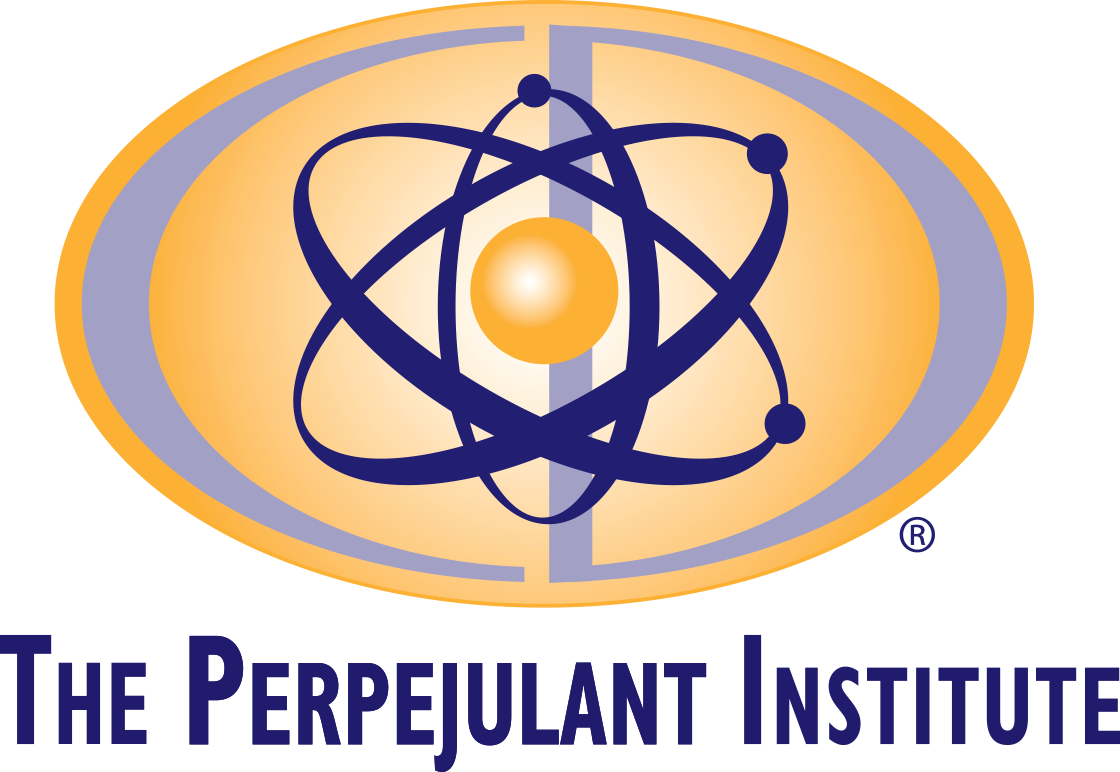AI Certifications For The Workforce
For Sharpening Core Competencies, Improving Worker Performance, and Turbocharging Production and Execution Processes
Workflow Management

What Will Work Look Like in the Future?
The most daunting task that lies ahead for today’s workforce leadership, is to determine what work will look like in the future. How humans will be able to navigate the course of work, and harness skills required to be extremely proficient amidst the insurgence of intelligent technology and robots. Robots have already begun to replace carbon bodies in manufacturing and in retail with Walmart leading the way with its inventory management and restocking systems, eliminating coveted merchandise management positions by the thousands. Can you imagine the number of workflow management processes that no longer exist because contemporary processes and procedures of the past can’t deliver the efficient quotients required for performance sustainability? The protocols of the past can’t be modified, they must be abolished, and set on fire.
As we immerse ourselves in the 4th Industrial Evolution, we’ll find new ways to define work. The meaning of work for humans will be mostly driven by the machine thinking and intelligent resources engaged. The methodology of programming machines via algorithms is a central driver defining the interactive components between humans and intelligent devices. Data science has become an industry unto itself, a major player, with new roles popping up daily, mostly defined as data-scientist. Bottomline, work analysis, and the means to properly decipher the various performance options (inputs and outputs) necessary to drive pinpoint decision-making has become imperative. In fact, the most effective leaders will now be redefined by their ability to integrate intelligent resources that have a significant impact on strategic objectives and preferred outcomes.
Process Re-Engineering:
Process re-engineering diagrams now need to augment standard procedures and represent a shift toward more aggressive and accelerated performance thinking. Strategic execution dominates many board room discussions, not just strategy formulation, but how many firms now believe having two teams to address strategic requirements, one for formulation, and another for execution. Visionary CEO’s still drive the dreams and aspirations of the company; however, it will come down to hiring the right talent to execute the plan. Let’s face it, we now live in a gig economy where revenue can be drawn from all four corners of the earth. Global competition is prevalent because everyone is developing scalable services, goods that have applicability within any consumer population.
Every market sector is affected by the insurgence of advancing technology, from the finance sector, medical technology, manufacturing, and retail establishments, workflow processes are being examined. The distribution between humans and technology is omni-present and a great deal of attention is being applied to protecting the data that will define competitive strategies to sustain performance. A tremendous amount of scrutiny rest on the shoulders of those in cyber-security roles, since the name of the game is how can our team out maneuver the competition. Organizations that master generating customer loyalty, elevating brand distinction, and a growing market share will be the perennial powers within their industries. “Business process reengineering (BPR) is a tool for transformation of business process and unconstrained reshaping of all business processes” (Bhaskar, 2018, p. 63).
Competitive Market Environment:
“The highly competitive market environment that emerged with the 1990‟s put many organizations under extreme pressure to improve their performance and reduce the cost of running their businesses and this lead to the emergence of Business Process Reengineering (BPR)…Business Process Reengineering (BPR) is the analysis and design of workflows and processes within an organization…BPR means not only change but radical change within a short period” (Kumar & Bhatia, 2012, p. 1). Below is a table depicting best practices with business process engineering (Kumar & Bhatia, 2012, p. 3).
S. No. | Best Practices | Definition |
|---|---|---|
1 | Task elimination | Eliminate unnecessary tasks from a business process. |
2 | Task composition | Combine small tasks into composite tasks and divide large tasks into workable smaller tasks. |
3 | Integral Technology | Try to elevate physical constraints in business process by applying new technology. |
4 | Empower | Give workers most of the decision-making authority and reduce middle management. |
5 | Order assignment | Let workers perform as many steps as possible for single orders. |
6 | Resequencing | Move tasks to more appropriate places. |
7 | Specialist-generalist | Consider to make resources more specialized or generalist. |
8 | Integration | Consider the integration with a business process of the customer or a supplier. |
9 | Parallelism | Consider whether tasks may be executed in parallel. |
10 | Numerical Involvement | Minimize the number of departments, groups and persons involved in a business process. |
Best practices reengineering business processes used by industries (Kumar & Bhatia, 2012, p. 3)
The key factors for the successful completion of BPR in organizations (Kumar & Bhatia, 2012, p. 2) constitute empowering employees, enabling information technology, relevant communications, change management proficiency, collaborative work groups, and tight linkages to strategic objectives.
Transform Within Your Business Sector:
Process reengineering allows for companies to transform within their business sector within a short period of time. The workforce is changing at such as rapid pace due to advancements in technology that process reengineering appeals to radical change. Traditionally when companies needed to improve, they would enact a facet of continuous improvement. However, gradual improvements overtime will not work in the 4th industrial revolution. Several factors have accelerated the need for rapid improvements within business processes. The future for business process reengineering will deal with an aggressive advancement in Information Technology and organizational structure. Structures may become flatter and organizational decision-making will become nimble. A few barriers that the future workforce may face is the change in traditions and ideologies among employees where conflicts may arise between employees by generation. Older generations may want to use process reengineering to maintain and enhance existing business practices while the new generation of employees will be more receptive to new ways and more accepting of radical change due to being more “tech-savvy”. Therefore, process reengineering will receive some resistance, for example; conflict in organizational traditions and ideologies, poor communication, lack of technical skills among employees et cetera, but organizations can overcome these issues by selecting the right leaders, deploying the correct project governance, scope management, along with proper reward and deterrent mechanisms.
Project management is “designed to make better use of existing resources by getting work to flow horizontally as well as vertically within the company” (Kerzner, H., & Kerzner, H. R., 2017, p. 4). This couldn’t be more prevalent when it comes to the future workflow management. It’s been noted that project management is the planning, organizing, directing, and controlling of company resources for a relatively short-term objective that has been established to complete specific goals and objectives. Furthermore, project management utilizes the systems approach to management by having functional personnel (the vertical hierarchy) assigned to a specific project (the horizontal hierarchy) (Kerzner, H., & Kerzner, H. R., 2017, p.5). Project Management is central to “C” level roles and has traditionally been known as the plan for reaching an objective within a specified period time. Project Management is typically optimized within a traditional brick and mortar organization where a group of stakeholders work in a single location, however in the future virtual teams will become more pervasive and the demands of project management will change. More distributed projects will involve team members working from several locations such as international projects and global virtual projects” (Binder, 2016, p.1).
Challenges of AI:
Artificial Intelligence (AI) represents a strong challenge to management systems as it could be considered as a 4th industrial revolution accelerator (Brynjolfsson & McAfee, 2014, p. 92) (as cited in Chernov, A. & Chernova, V. 2019, p. 133). To that point, “Organizations will have to adapt their training system and strategy to attract talent, focusing on those tasks that require evaluative judgment skills, such as collaboration, creativity, and the ability to experiment.” (Chernov, A. & Chernova, V., 2019 p. 133). Collaboration, creativity, and design-thinking will now become pivotal skills for teams to harness. Issues that may arise from virtual teams might evolve around having different interests, varying perceptions of the company’s culture, differing work practices, and communication styles. Which means demand for good cross-cultural collaboration, global team leadership, trust building, and conflict resolution practices will become essentials. Companies that garner the support structure to enable proficiency within their workflow processes will benefit from increased levels of trust between team members, increased cooperation among people from different cultures, effective leadership over distances, and streamlined communication channels among stakeholders” (Binder, 2016, p.13).
Proper Workflow Management Processes:
To generate proper workflow management processes, organizations must first determine their AI requirements, audit existing IT resources to ensure an appropriate level of system threshold management and hire talent to embed API and algorithmic codes designed to provide optimum productive exchanges between people and intelligent resources. Now more than ever before leaders will need to re-think how matching thinking impacts their organization.
Binder, J. (2016). Global project management: communication, collaboration and management across borders. Routledge
Bhaskar, H. L. (2018). Business Process Reengineering: A Process Based Management Tool. Serbian Journal of Management, 13(1), 63–87. https://doi-org.libproxy.csun.edu/10.5937/sjm13-13188
Kerzner, H., & Kerzner, H. R. (2017). Project management: a systems approach to planning, scheduling, and controlling. John Wiley & Sons.
Kumar, D. & Bhatia, A., (2012). “BPR- Organization Culture, Best Practices and Future Trends”, International Journal of Computer Application Vol 44 No. 23, 2002.
Chernov, A. & Chernova, V. (2019). Artificial Intelligence in management: Challenges and Opportunities
We need your help.
Make a donation today to support our continued research and development.

